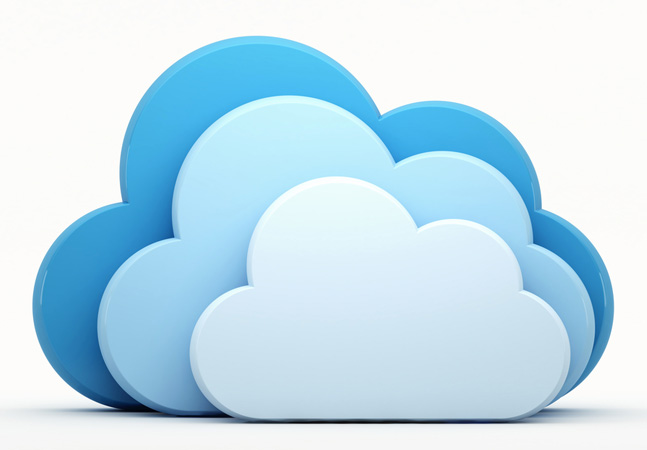

Your output of the above command would be as follows:īesides, you need to log in to the BDC controller endpoint and set your active azdata context to deploy or interact with BDC. Once you get the cluster set up, the next step is to gain access to your cluster where you can use az aks get-credentials command as follows : az aks get-credentials -n -g In this article, we’re going for Azure Kubernetes Service (AKS) as our preferable deployment platform.
#Sqlectron cloud azure db how to
There are a couple of ways to deploy BDC in your cluster, and you need to install SQL Server 2019 big data tools beforehand, you can check SQL Server documentation about how to get started with Big Data Clusters. To wrap up, the whole process would look like the following diagram:

This post and the ones will follow, will answer this question. What’s in for a developer you may be asking to yourself.
#Sqlectron cloud azure db full
Your modern cloud-native application is not only up and running platform agnostically, take advantage of all-natural benefits from Kubernetes for its high availability, scalability, and full support from its ecosystem, but also packed with the capability to work on big data analytics and consume the machine learning models. BDC is not only a big data analytics platform but also an integrated AI and machine learning platform, it enables AI and machine learning tasks on the data stored in HDFS and SQL Server. Also, since your SQL Server instance sits in the cluster, there are dramatically fewer concerns around latency and throughput. Your application will be able to consume data from external SQL Server, Oracle, Teradata, MongoDB, etc, any big data stored in HDFS. Once you deployed BDC in your Kubernetes cluster, you can interact with your high-volume big data with TSQL or Spark. The challenge in question can be addressed easily by SQL Server Big Data Clusters (BDC) deployment in various flavors of Kubernetes, for example: on Azure Kubernetes Services or Red Hat OpenShift. How to consume big data from different data sources in effectively and efficiently is coming into question. Community makes it even greater with the help of the whole cloud-native ecosystem to resolve the challenges around security, compliance, networking, monitoring, and more whilst working with Kubernetes.įrom those developers are working with Kubernetes for their various workloads built up in microservices-based architecture or better saying as of today as correctly-sized services-based architecture since some customers found it’s becoming more and more struggling to maintain overloaded microservices in the enterprise environment. Kubernetes is the most popular open-source container orchestrator today in the community, it has gained traction incredibly quickly and keeps growing every day. You’re not dreaming, and yes, this opens a huge universe of opportunities for developers. With Big Data Clusters you run SQL Server in Kubernetes, along with Apache Spark, to get the best of both platforms. Now, you are maybe thinking you misunderstood what you just read. SQL Server Big Data Clusters (BDC) is a cloud-native, platform-agnostic, open data platform for analytics at any scale orchestrated by Kubernetes, it unites SQL Server with Apache Spark to deliver the best data analytics and machine learning experience. If you’re looking into how to work on Big Data Analytics solutions in Kubernetes, that’s where Big Data Clusters (BDC) comes in. One of the biggest challenges we’re having today is how to integrate disparate data sources from many different places.

When it comes to innovation, we realized that the world’s most valuable resource is no longer oil, but data.


 0 kommentar(er)
0 kommentar(er)
